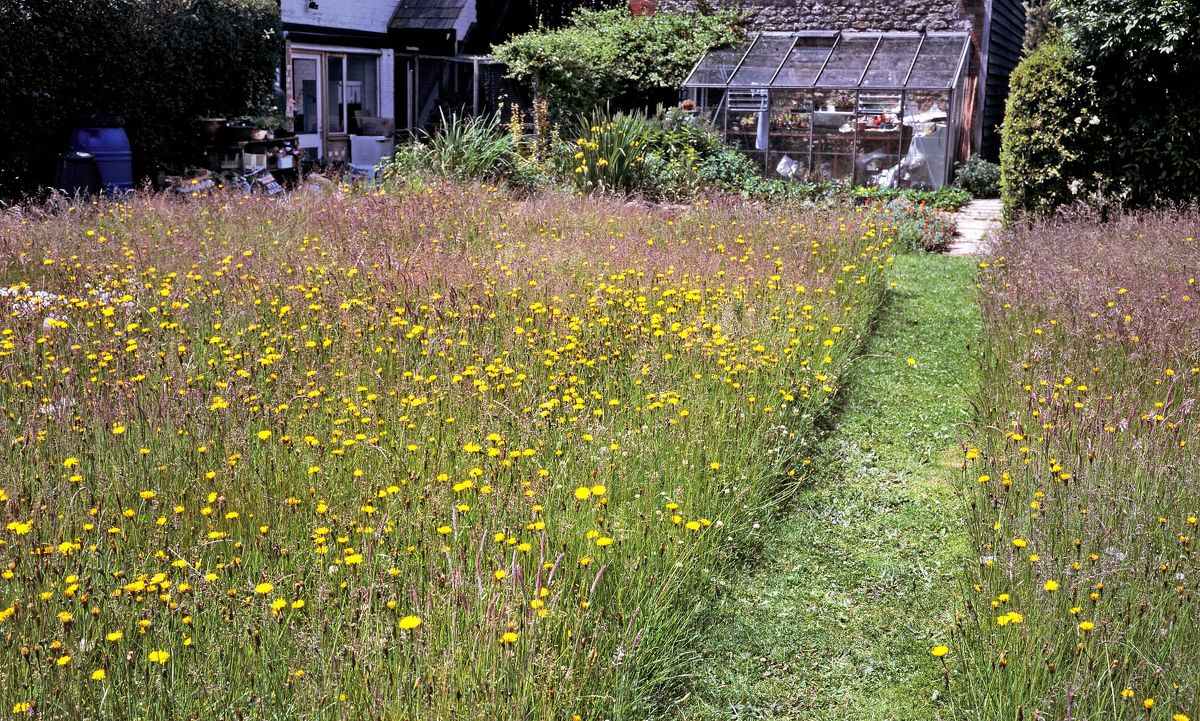How To Mow An Overgrown Lawn??
Date: 12 Jun 2024
Whether you’ve been away for an extended period or just haven't had the time, it's time to tackle your overgrown lawn! Mowing long grass can be a daunting task, especially if your lawn resembles a mini jungle.
As experienced lawn care professionals, we at Lawn Rite know how to handle even the tallest grass. Here’s a handy step-by-step guide on how to mow your overgrown lawn.
Why bother mowing your lawn?
You might be tempted to leave it as it is, but mowing your lawn has significant benefits. Not only does it enhance the appearance of your property, but it also promotes the health of your lawn. Shorter grass allows for better nutrient absorption and photosynthesis, enabling your lawn to grow stronger and healthier.
Regular mowing also deters pests. Long grass can attract unwanted insects and animals, including snakes. Maintaining a shorter lawn can help keep these pests at bay. Additionally, shorter grass makes it easier to spot issues such as fungal diseases.
Mowing your overgrown lawn
Now that you understand the importance of mowing, let’s get started on tackling your overgrown lawn.
Check the weather
The first step is to ensure that the weather is suitable. Mowing is best done in mild weather without the threat of rain. Mowing in wet conditions can spread disease and damage your lawn.
Inspect the lawn for debris or obstacles
Before you start, inspect your lawn for any debris or obstacles. Look for rocks, branches, and any rubbish that might have accumulated. Also, check for any pests or hazards like snakes, spiders, or nesting birds.
Assess the length of your grass
If your grass is knee-high or taller, avoid using the mower initially. Instead, use a line trimmer or similar tool to cut the grass down to a more manageable height. Rake up the cuttings and dispose of them responsibly.
Mow to reduce 50% of grass height
Start by mowing your grass to reduce its height by about 50%. While this may not be your desired height, it's crucial not to cut too much at once. Cutting the grass too short can damage the roots and encourage weed growth.
Perform your second mowing
Allow your lawn to recover for a few days after the first mowing. Then, mow the grass to your preferred height.
Fertiliser and water
After the second mowing, apply fertiliser to provide essential nutrients and promote strong growth. If there hasn't been much rain, consider watering your lawn to ensure it stays hydrated.
Create a regular mowing schedule
With your lawn back under control, establish a regular mowing schedule to prevent it from becoming overgrown again. Start with a fortnightly or monthly schedule, adjusting as needed based on the growth rate.
If you find it challenging to maintain a regular mowing schedule or simply don't have the time, consider hiring a professional mowing service. Lawn Rite can help ensure your lawn remains well-maintained and never becomes overgrown again. Contact us for a free quote today!
For more tips and tricks on mowing long grass, check out our blog article.
Back...
